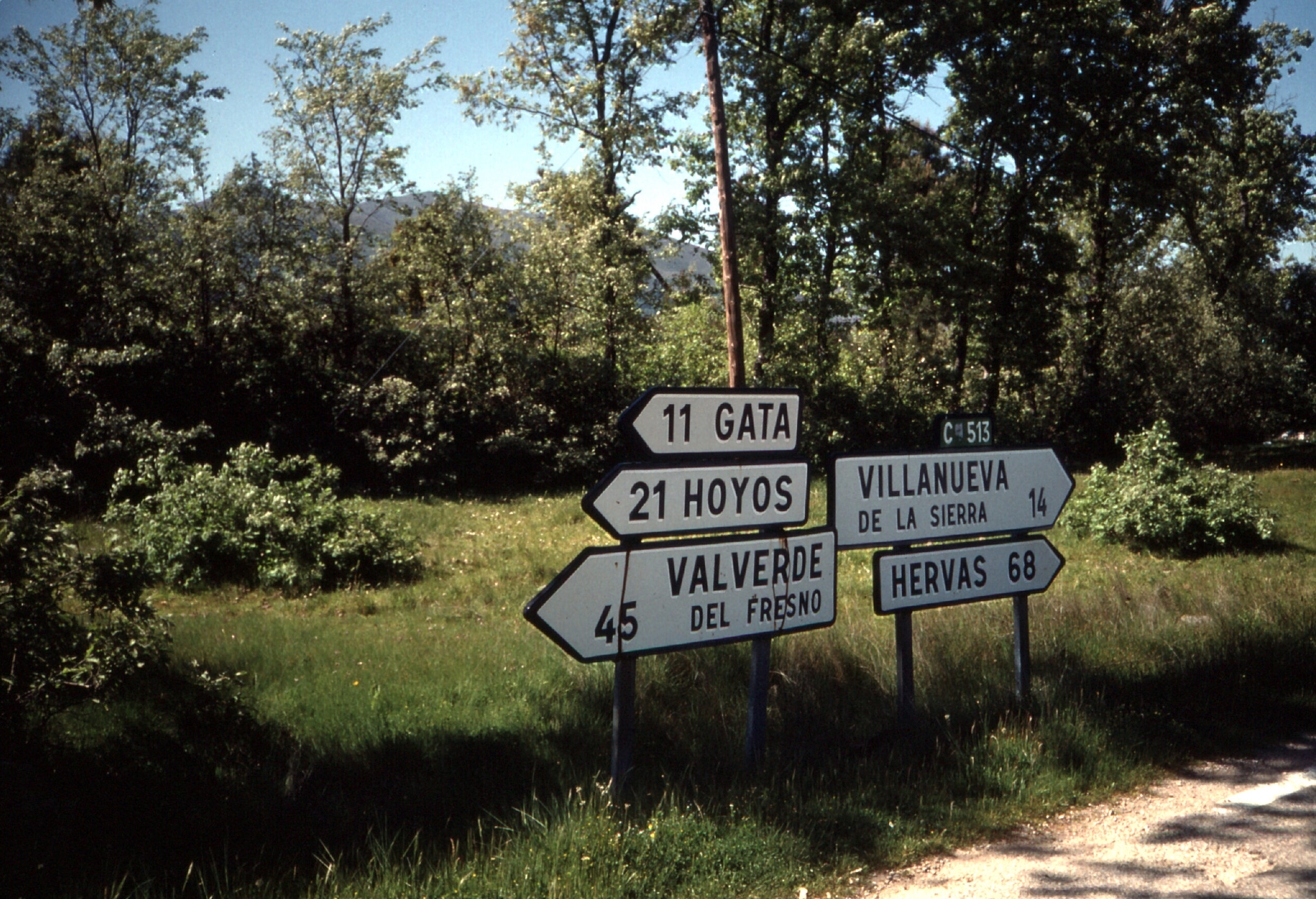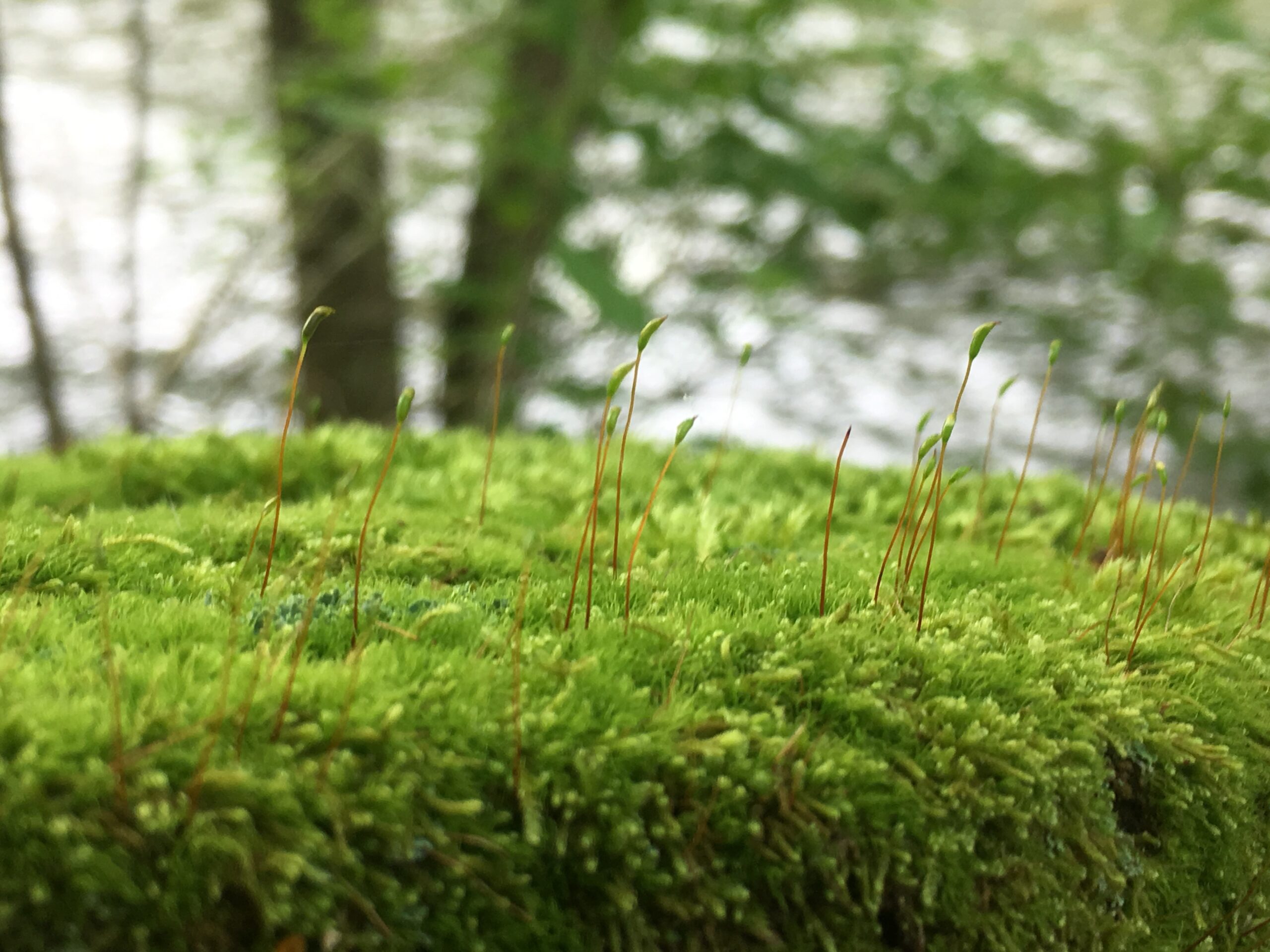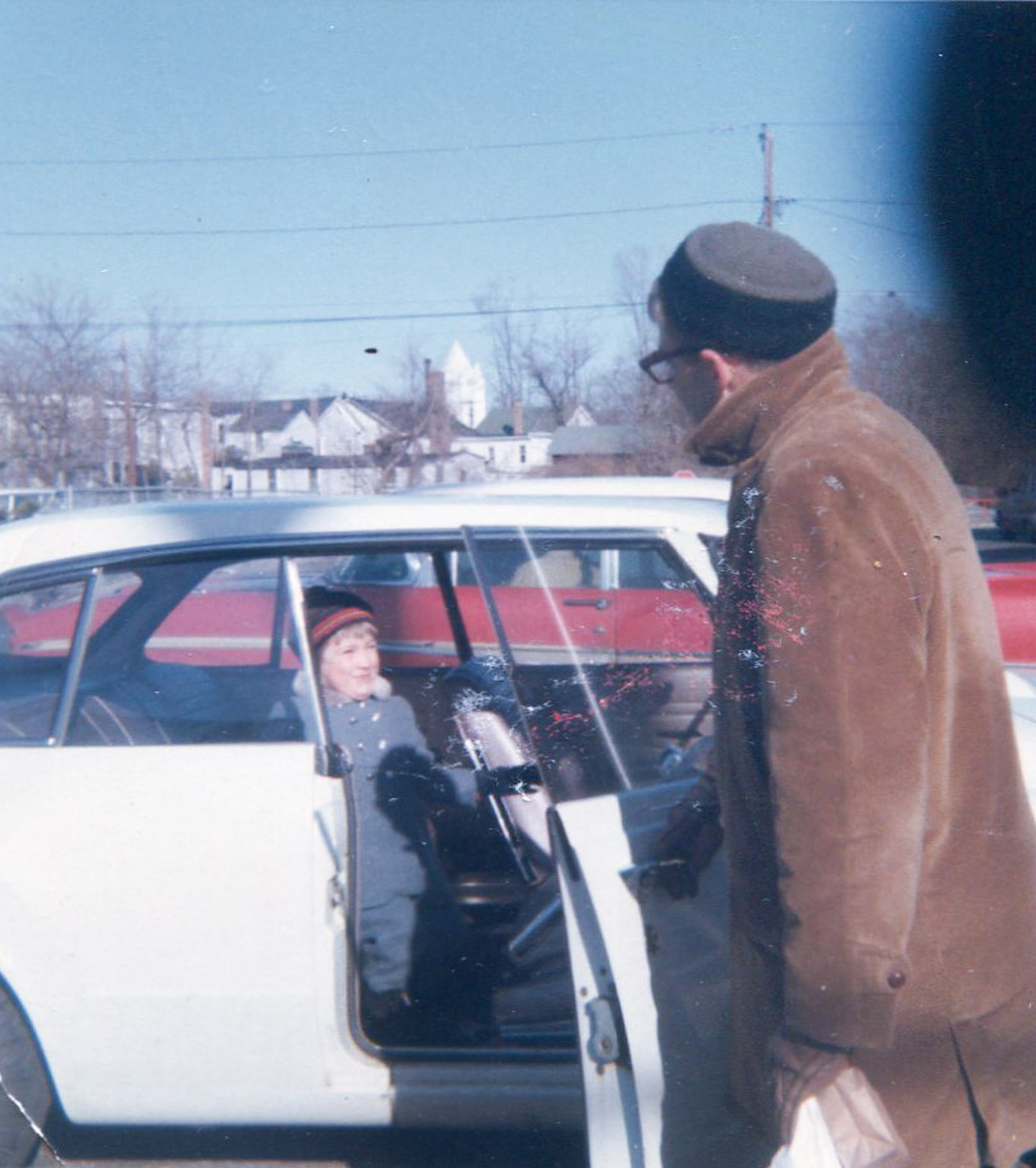A Funny Thing Happened on the Way to…
Several years ago I hit a one of those big life milestones…you know, the kind where you add a zero to your chronological age. Yes, I’m a bit vain so you’re not getting any more details than that. 😉
Anyway, to mark the passage into a new phase of my life, I resolved to walk part of the Camino de Santiago, the centuries-old network of pilgrimage routes that extends across Europe and ends in the city of Santiago de Compostela in Galicia, Spain.
Kitted out with backpack, walking stick, and a brand new pair of hiking boots, I chose the most well-known route, the Camino Frances, which begins in Saint Jean Pied de Port, France, and crosses through several Spanish provinces.
One evening about two weeks into my walk, I was chatting by phone with a friend in the U.S. when she asked if I’d done any early morning walks.
“No, why?” I asked.
“Oh, I just imagine it must be so spiritual, to be walking out under the stars, being out in nature in the pre-dawn,” she said.
Truth be told, it had never even occurred to me to walk in the dark. Rising early in the wee hours of the morning is customary on the Camino. But that’s more out of necessity and expediency. As anyone who’s walked the Camino in the high season knows, the early bird has a much better chance of snagging a cot in the albuergues, the dormitory-style accommodations that dot the Camino. Sleep in and you may end your day with sore feet, heat exhaustion, and no place to sleep.
So, yes, waking up early was already part of my Camino routine. And, yet, venturing forth before daybreak intrigued me. What would that be like?, I wondered. Might I discover something else on the Camino that was invisible in the daylight?
So that night I resolved to rise before dawn so I could experience the Camino while the rest of the pilgrims slept on.
To help orient pilgrims, and direct them toward Santiago de Compostela, there are waymarkers along Camino. The scallop shell is the most iconic symbol and waymarker. Typically painted in yellow and blue, the scallop shell appears on crumbling walls, the sides of buildings, and often literally under your feet on the path. In some provinces, the scallop shell is accompanied by a yellow arrow pointing the way east to Galicia.
Having spent several weeks on the Camino, I was pretty adept at spotting the waymarkers. After ten minutes I had left the city and my cozy cot behind. The world was eerily silent; even the birds had not yet awoken. I was feeling proud of myself (okay, maybe a bit unsettled by the total silence) and rehearsing what I’d tell my friend about my bravery. I strained my ears for the sound of nocturnal creatures and heard nothing. I gazed up at the sky, ready to marvel at the constellations, but the clouds obscured all.
Feeling a bit deflated, I entered a tiny village and made my way to small plaza with several paths and streets radiating in several directions. Peering around in the dim, actually, nearing non-existent light I couldn’t find a scallop shell or an arrow. I stumbled around a bit, shining my headlamp around corners, down alleys, and scanning the roundabout. And still, no waymarker.
After stumbling around in the dark for a bit, the voices in my head started panicking. “What kind of a dumb idea was this? How stupid to be out walking alone?! I mean, what did I really expect to find out here, anway?”
Then, another voice, one that many pilgrims hear, whispered in my subconscious, “Remember. The way is always there. Just pay attention.”
That was when I turned and saw it – smack dab in the center of the roundabout, a mere three feet away, stood an enormous statue of Saint James. Staff in one hand and a scallop shell danging from his waist, the statue’s free hand was raised and pointing.
I was so surprised, I burst out laughing.
What a wonderful timely lesson. No, I didn’t experience the awakening I’d gone looking for that morning. I had been too busy orchestrating my own adventure and trying to will some grand discovery that would serve as pilgrim bragging rights.
I nearly missed the very magic of the moment.
Fortunately, and of course, the waymarker and the message been there all along.
They always are, aren’t they?
Want support with your own personal wayfinding? Click here to learn about my “North Star” and “Pilgrimage” coaching packages.




